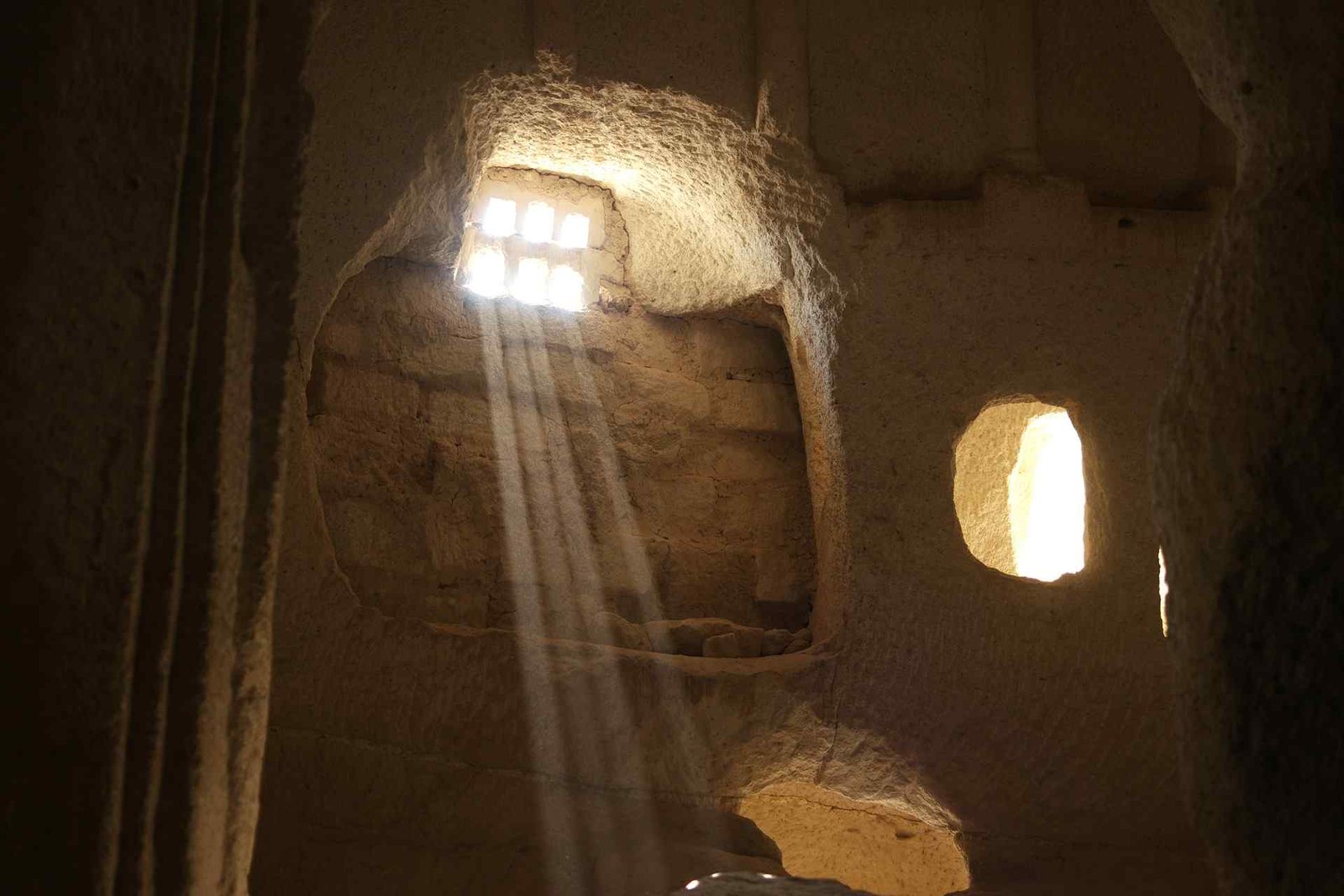Cappadocia is home to some of the most impressive underground cities in the world. These subterranean complexes were built by the ancient inhabitants of the region, who used them as a place of refuge from invaders and natural disasters. However, one of the most intriguing aspects of Cappadocia’s underground cities is their connection to early Christianity. In this guide, we will explore the role that these underground cities played in the lives of early Christians.
The History of Early Christianity in Cappadocia
Cappadocia has a rich Christian heritage that dates back to the first century AD. The region was home to some of the earliest Christian communities in the world, and many of the underground cities in Cappadocia were built by these early Christians as a place of refuge from persecution. The early Christians of Cappadocia were known for their devotion to their faith and their willingness to endure hardship for their beliefs.
The Purpose of Underground Cities for Early Christians
The underground cities in Cappadocia served a variety of purposes for early Christians. One of the most important was as a hiding place from persecution. The early Christians of Cappadocia were often targeted by the Roman authorities, who viewed them as a threat to the stability of the empire. The underground cities provided a safe haven where the Christians could worship and live without fear of persecution.
Another important purpose of the underground cities was as a place of worship. The early Christians of Cappadocia were not allowed to worship openly, so they built churches and chapels in the underground cities. These churches and chapels were often decorated with intricate frescoes and carvings, which can still be seen today.
The Design of Cappadocia’s Underground Cities
The underground cities in Cappadocia were designed with a number of features that made them ideal for use by early Christians. One of the most important features was ventilation shafts, which provided fresh air and prevented the buildup of carbon dioxide. The cities also had wells and cisterns, which provided a reliable source of water.
Many of the underground cities also had multiple levels, which allowed the early Christians to create a complex network of tunnels and chambers. This network of tunnels and chambers was often used to store food and supplies, as well as to provide a means of escape in case of an attack.
Conclusion
Cappadocia’s underground cities are a testament to the resourcefulness and ingenuity of the early Christians who built them. These subterranean complexes served as a place of refuge from persecution and as a place of worship for the early Christians of Cappadocia. Today, visitors to the region can explore these underground cities and get a glimpse into the lives of the early Christians who once called them home.




